The department of Luján de Cuyo is located in the central-north area of Mendoza, at only 18 km from the Capital.
Modern, progressive and expanding Luján de Cuyo is a true land of contrasts that invites tourism all year round due to its picturesque landscapes and their cultural characteristics. It was initially founded as a village. Later, on May 11 1855, their boundaries were set and it became a department. In 1949, this village was declared a city.
It has an area of 4.847 km2, with a population of approximately 110.000 inhabitants. The Andes mountain range occupies a large part of this department. It is geographically located at 945 meters above sea level. The visitor is welcomed with a friendly environment in its old-trees-roads, which in the Autumn resemble a warm lion-like canvas: Perdriel, Agrelo, Vistalba -With impressive vines, correctly planned in each plot, and of course, with a winery as the heart in each production centre, providing world-class wines.
You will find in Luján de Cuyo the development of a typical Luján viticulture, from the genuine ancestral wine (Bodega Cabrini) to the more advanced technological development making at Norton, Chandon, Lagarde, Luigi Bosca.
You will also find impressive mountains – Cacheuta (hot springs) and Potrerillos – a special microclimate to refresh the soul, with mountain breezes, clear mountain water, cosy cottages (El Salto, Las Vegas) and the sun in Mendoza.
For those who love sport and aquatic life, El Carrizal is a mirror of water located in the southeast of the department (35 km from the capital city) that offers a whole structure of campsites, hotels and inns.
The history of Luján is reflected in the colonial time, in its Church placed in the district of Carrodilla, in which it is preserved the image of the Virgen de la Carrodilla, patron saint of the vineyards.
The cultural symbol is the Museum Guiñazú-Casa de Fader, inaugurated in 1951, in which we find the most important works of this painter. The museum is in a centenarian house surrounded by old trees and a big rose garden, in Emiliano Guiñazú’s summer house. In 1.905, he hired the young artist Fernando Fader to paint the murals that are kept there. Regarding its artistic heritage, the museum offers, in ten exhibition halls, Fernando Fader’s paintings collection, the most important one inside the country. Apart from the six murals, there are two sculptures, six drawings and forty-one paintings. Very important art masters from Mendoza, Argentina and abroad are represented.
Esta entrada también está disponible en: Spanish Portuguese (Brazil)




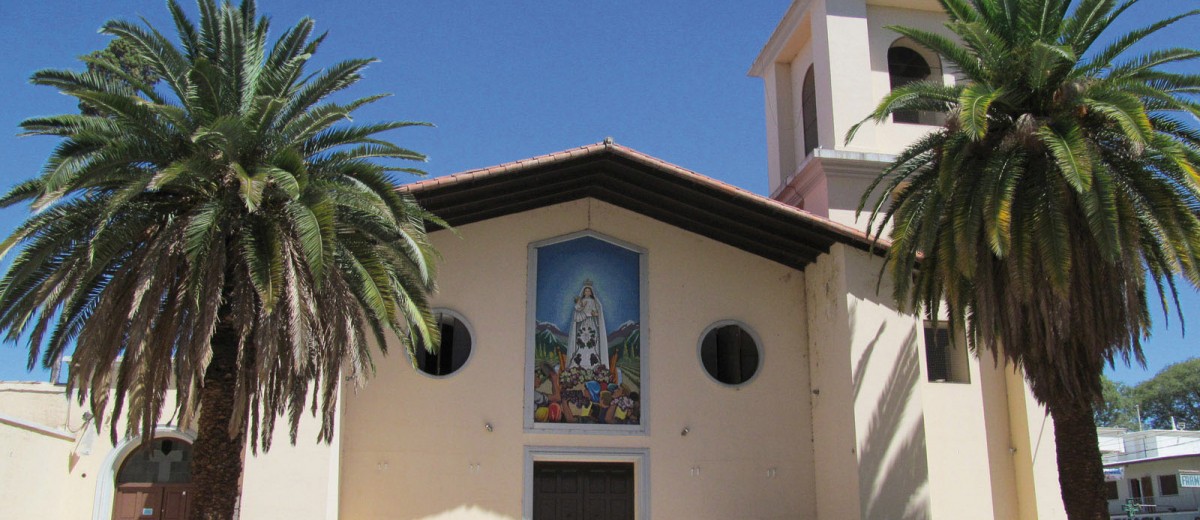
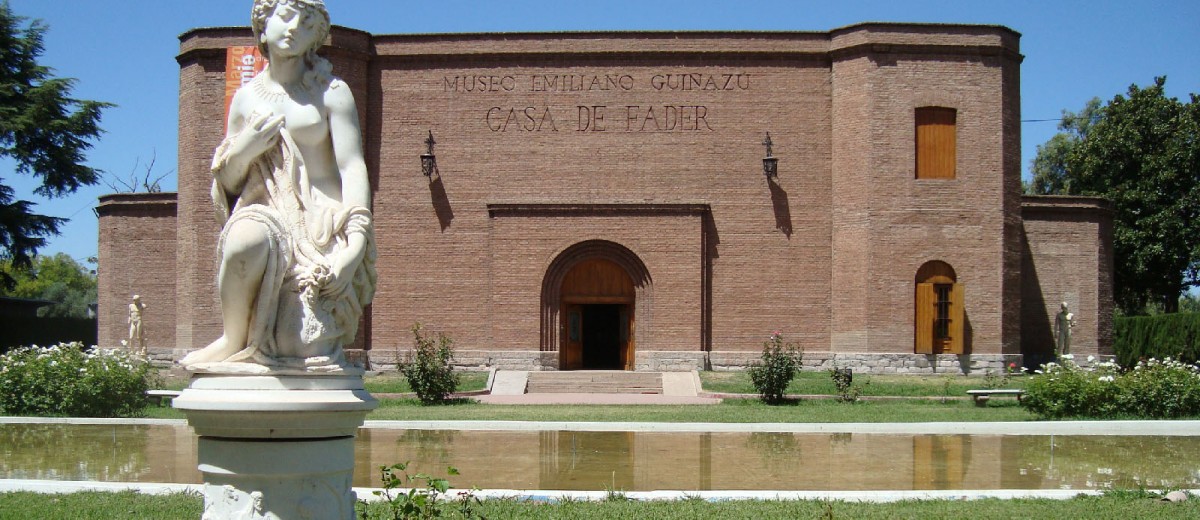

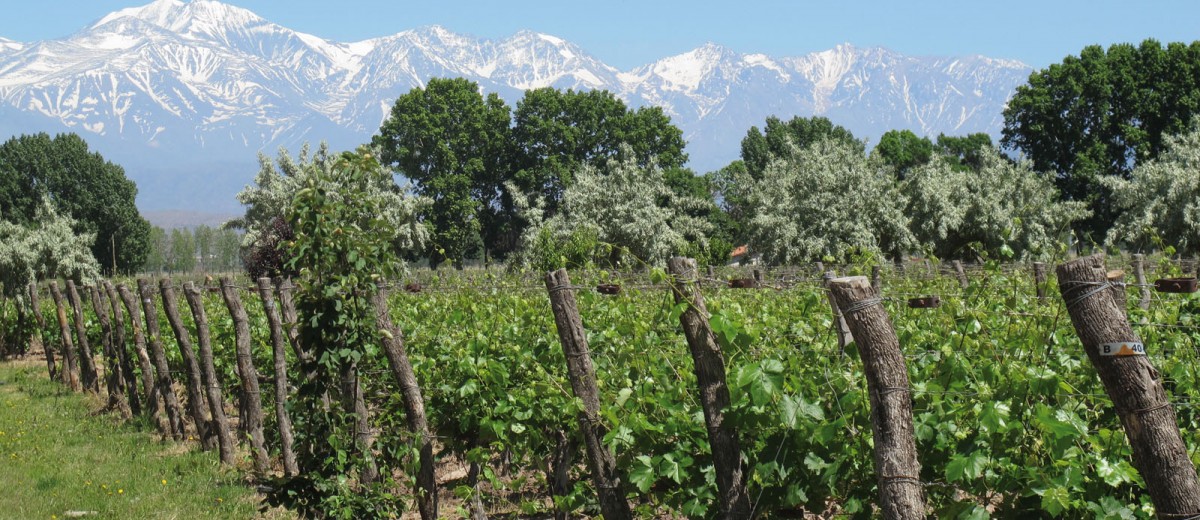
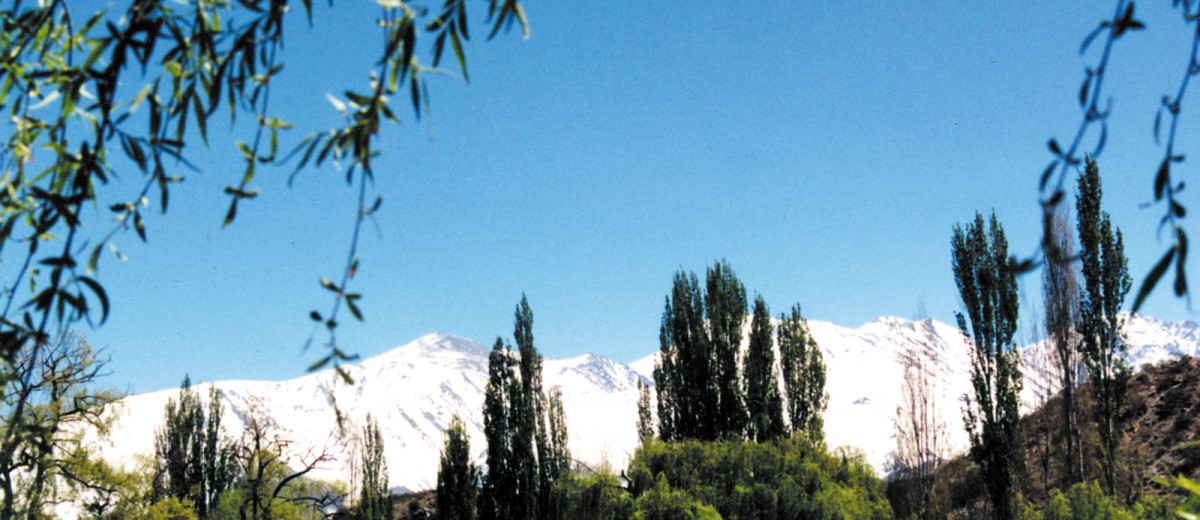

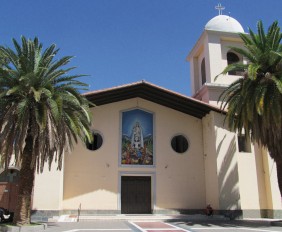

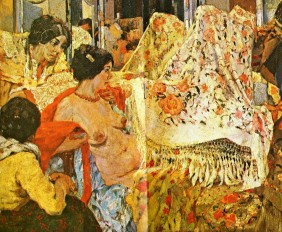
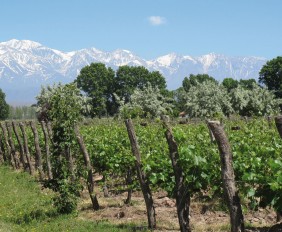
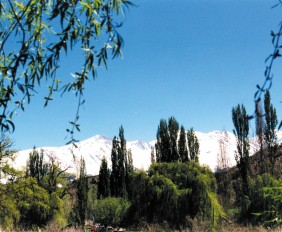
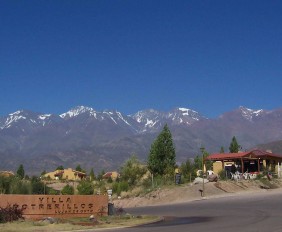
¿Qué te pareció la publicación?